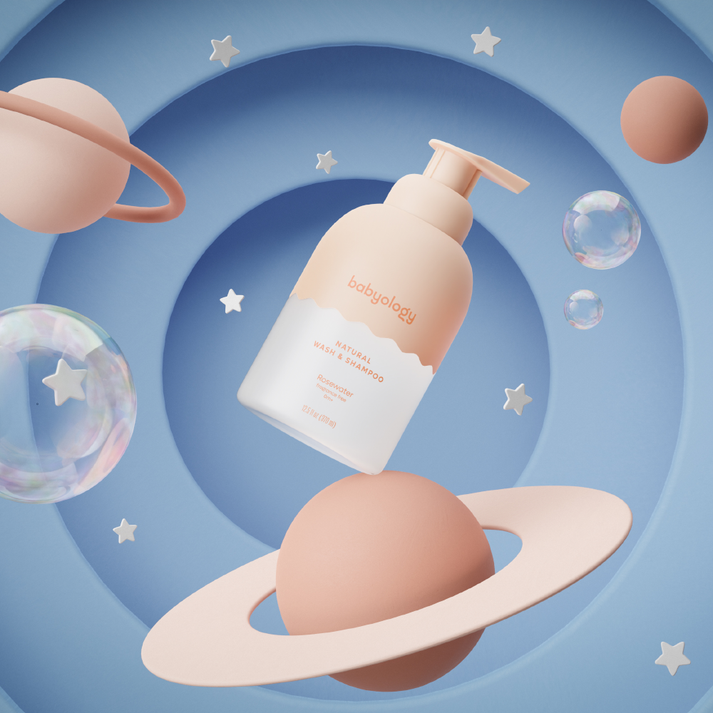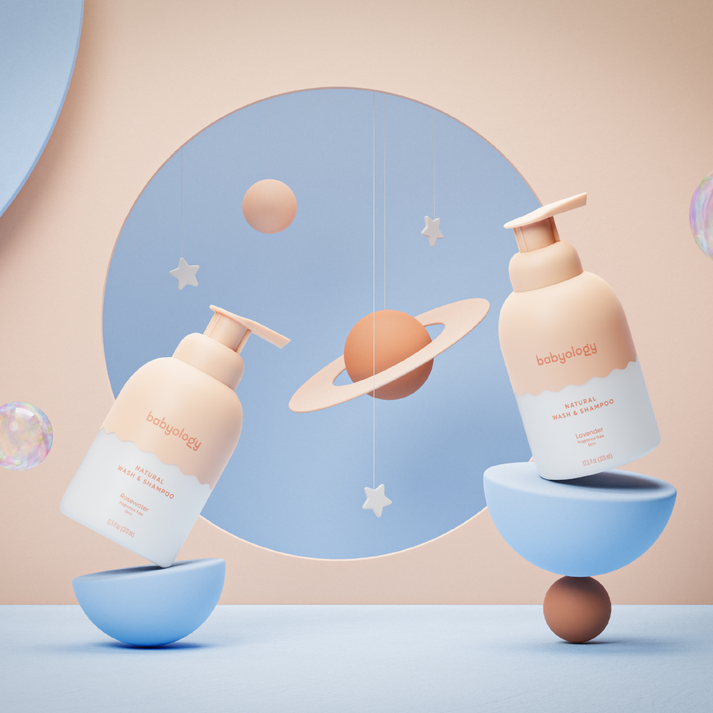Choosing the right shampoo for your baby can be a challenging task, especially with so many options available on the market. As parents become more aware of the potential risks associated with certain chemicals, it’s essential to understand the ingredients found in baby shampoos. This article breaks down common ingredients, highlighting which are safe for your baby and which may pose risks to their health. By gaining insight into these components, you can make informed choices about your child's bathing products.
Understanding Safe Ingredients
When it comes to baby shampoo, certain ingredients are widely recognized as safe and beneficial for delicate skin. Gentle cleansers derived from natural sources, such as coco-glucoside or decyl glucoside, are effective at cleaning without stripping away essential oils. These mild surfactants typically originate from coconut or corn, making them suitable for sensitive skin. Additionally, baby shampoo ingredients natural emollients like aloe vera, chamomile extract, and calendula help soothe and hydrate the skin, making bath time a more pleasant experience for both baby and parent. Using products that contain these safe ingredients can help maintain a healthy scalp and encourage soft, manageable hair.

Common Harmful Ingredients to Avoid
While many baby shampoos contain gentle ingredients, others may include potentially harmful additives. Ingredients such as sulfates—specifically sodium lauryl sulfate (SLS) and sodium laureth sulfate (SLES)—are commonly used in shampoos for their foaming properties. However, these substances can be too harsh for infants, leading to dryness and irritation of the scalp and skin. Additionally, parabens, which are preservatives used to extend a product's shelf life, have raised concerns due to their potential link to hormonal disruptions. Avoiding shampoos with these ingredients can protect your child from unwanted side effects.
The Role of Fragrances and Dyes
Many parents appreciate pleasant scents in their baby’s shampoo, but synthetic fragrances and dyes can be problematic. These components often contain chemicals that may cause allergic reactions or sensitivities, especially in a baby's delicate skin. Furthermore, some fragrances can disrupt the natural balance of the skin, potentially leading to irritation. Instead of opting for products with synthetic fragrances, parents should look for fragrance-free options or those that utilize natural essential oils. These alternatives can provide a gentle scent without the associated risks of synthetic additives.
Emollients: A Key for Hydration
Emollients play a vital role in baby shampoos by providing moisture and preventing dryness. Ingredients like shea butter, coconut oil, and jojoba oil are not only safe for baby skin but also help maintain hydration during bath time. These natural oils form a protective barrier, locking in moisture and ensuring that the scalp does not dry out after washing. As you evaluate shampoo options, search for products that include these nourishing emollients, as they will contribute to overall skin health and comfort for your little one.
pH Balance Matters
Another critical factor to consider when assessing baby shampoo ingredients is pH balance. The ideal pH level for infant skin is slightly acidic, ranging between 4.5 and 5.5. Products that maintain this pH balance can help protect the skin's natural barrier and prevent irritation. Many commercial shampoos can disrupt this balance, especially those containing harsh chemicals. Always look for shampoos specifically formulated for babies that advertise a balanced pH to ensure that you are using a product that respects and maintains the health of your child's skin.

Testing for Allergies and Sensitivities
Every baby is unique, which means that some may have allergies or sensitivities to specific ingredients. It's essential to be vigilant when introducing new shampoos and to consider doing patch tests. Apply a small amount of the shampoo to a small area of your baby's skin and monitor for any signs of irritation or an allergic reaction over the next 24 hours. This simple step can help identify problematic ingredients before they become an issue. Consulting with your pediatrician can also provide valuable insights into which ingredients may be suitable or unsuitable for your child.
Conclusion
Understanding the ingredients in baby shampoos is essential for making safe choices for your child's hygiene. By familiarizing yourself with safe ingredients, identifying harmful ones, and considering the role of pH balance and emollients, you can create a thoughtful regimen for your baby's bathing routine. Prioritizing gentle, natural formulations while steering clear of harsh chemicals will contribute significantly to your child's overall skin health and comfort. With this knowledge, you can confidently select products that promote a safe and enjoyable bathing experience for your little one, ensuring their delicate skin remains healthy and happy as they grow.





Comments